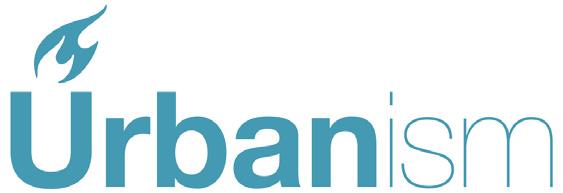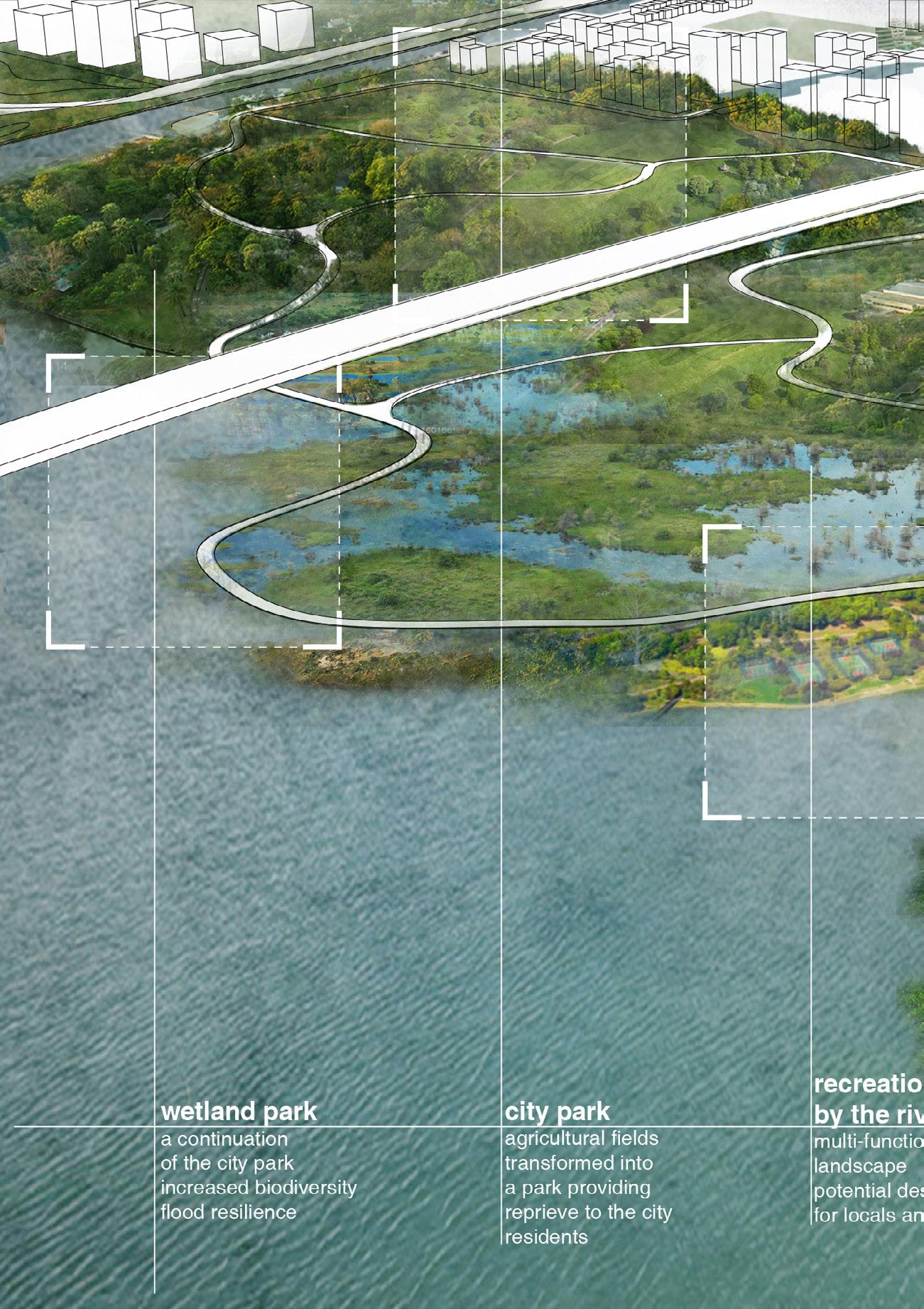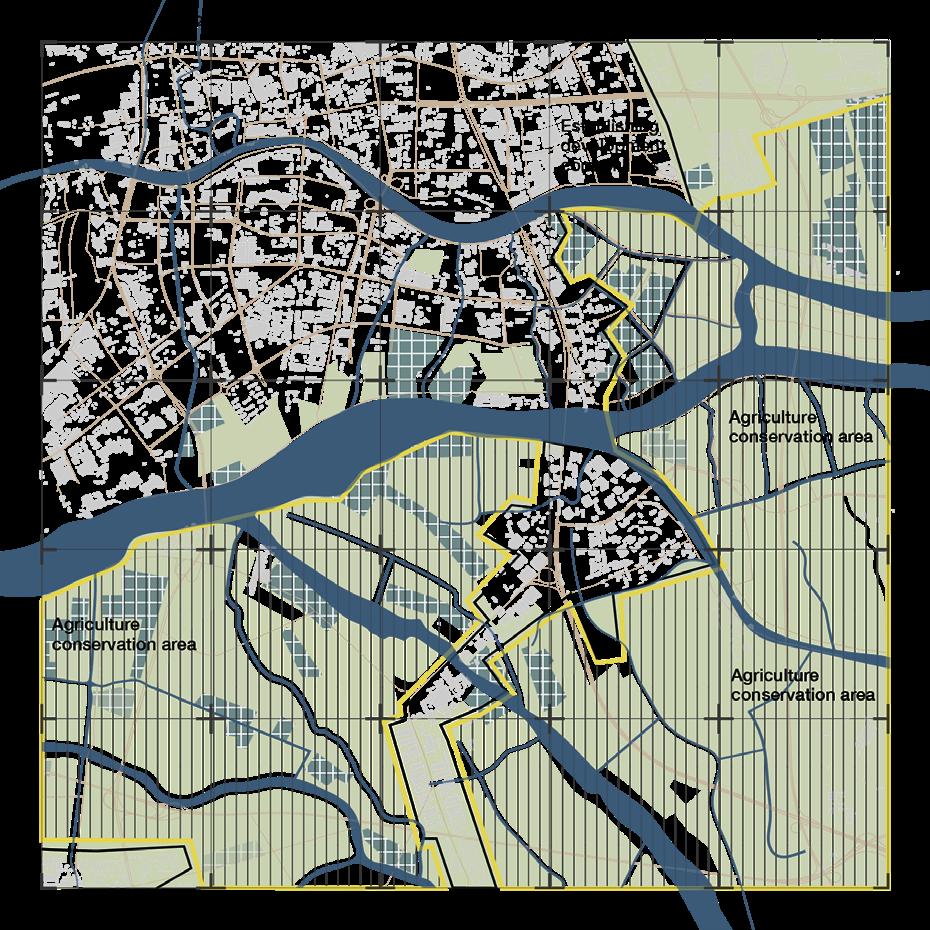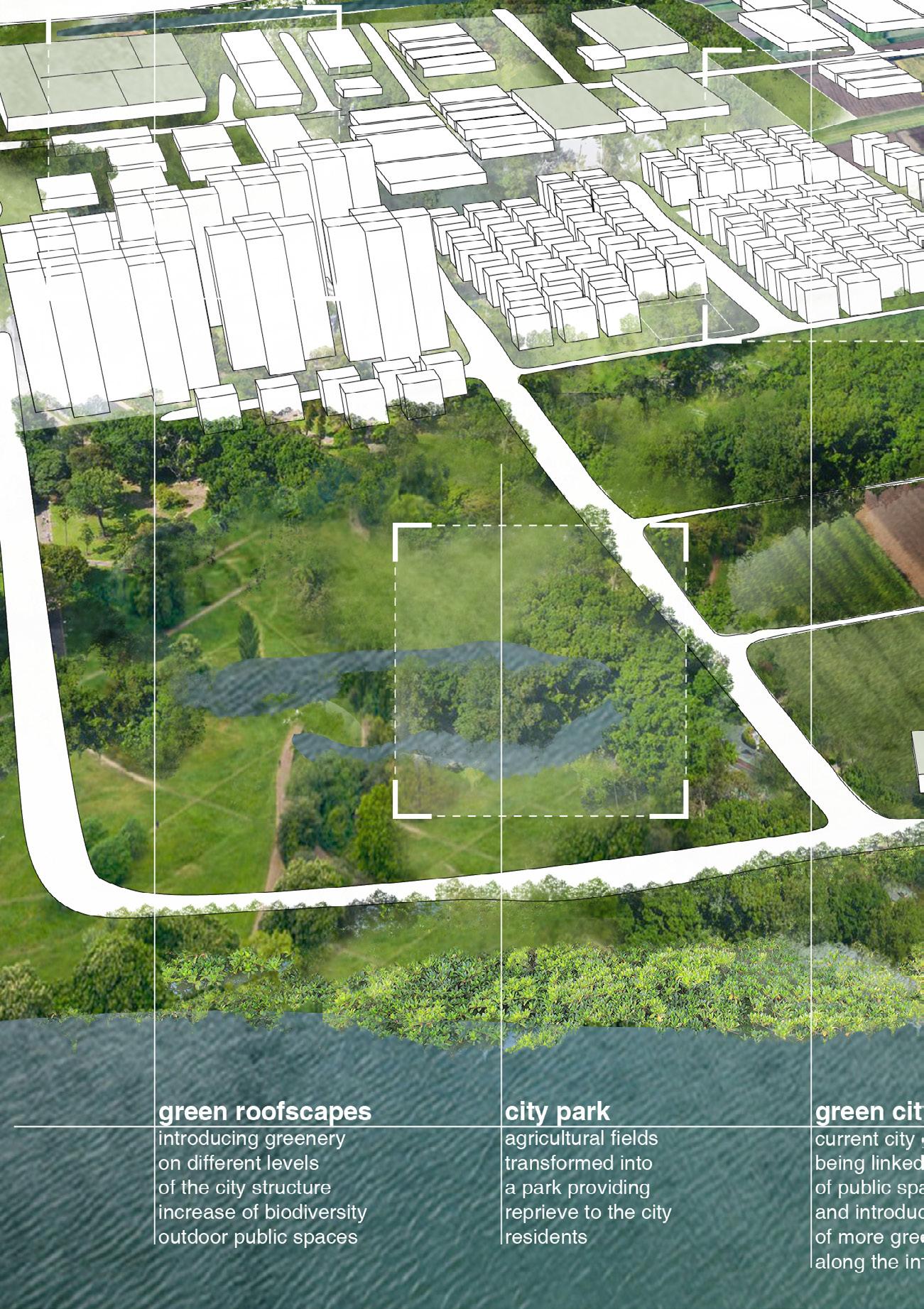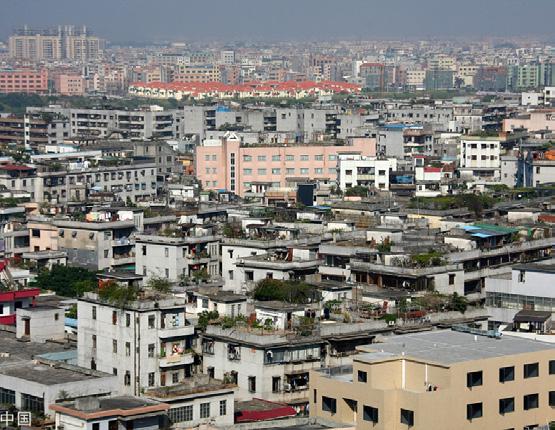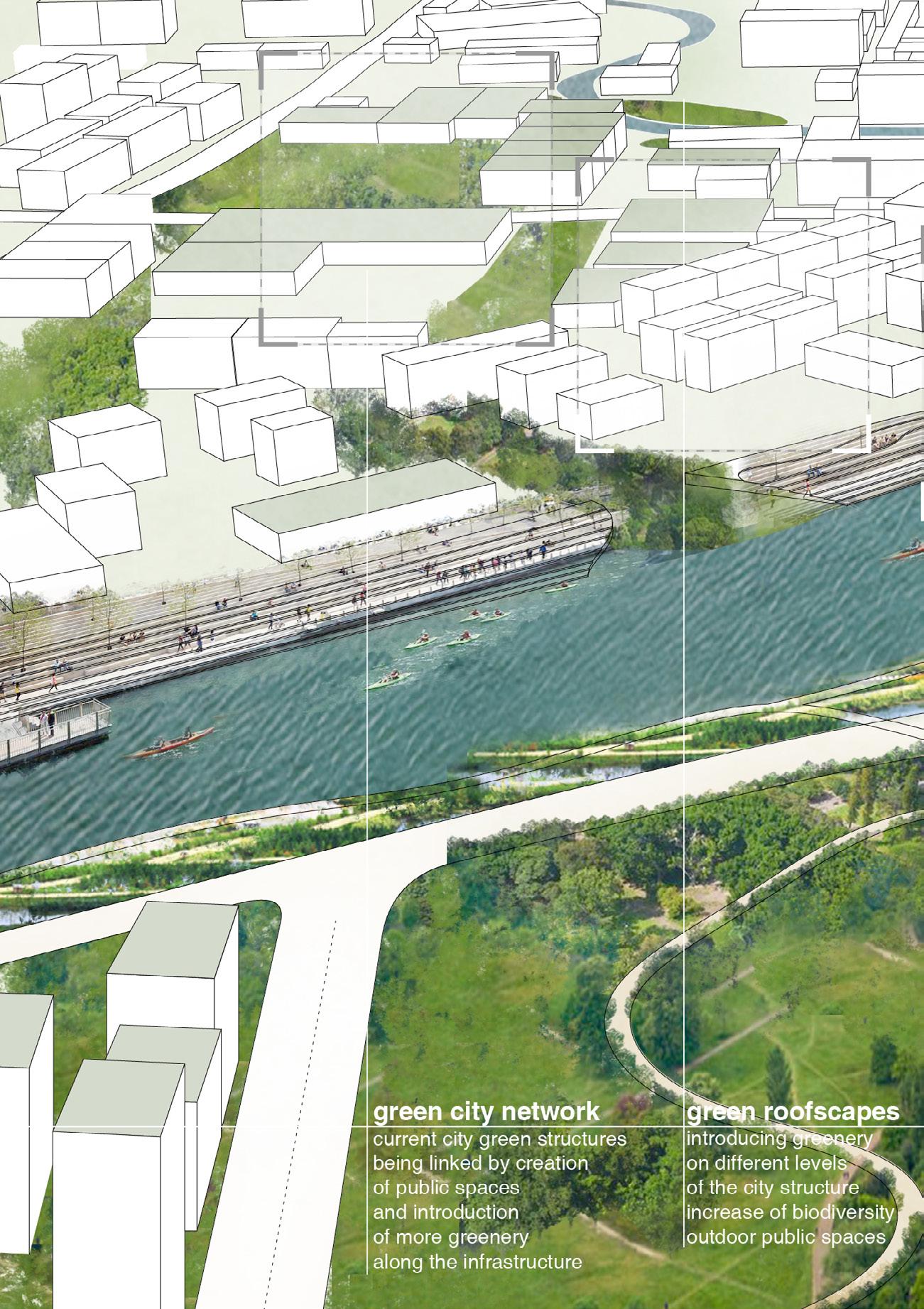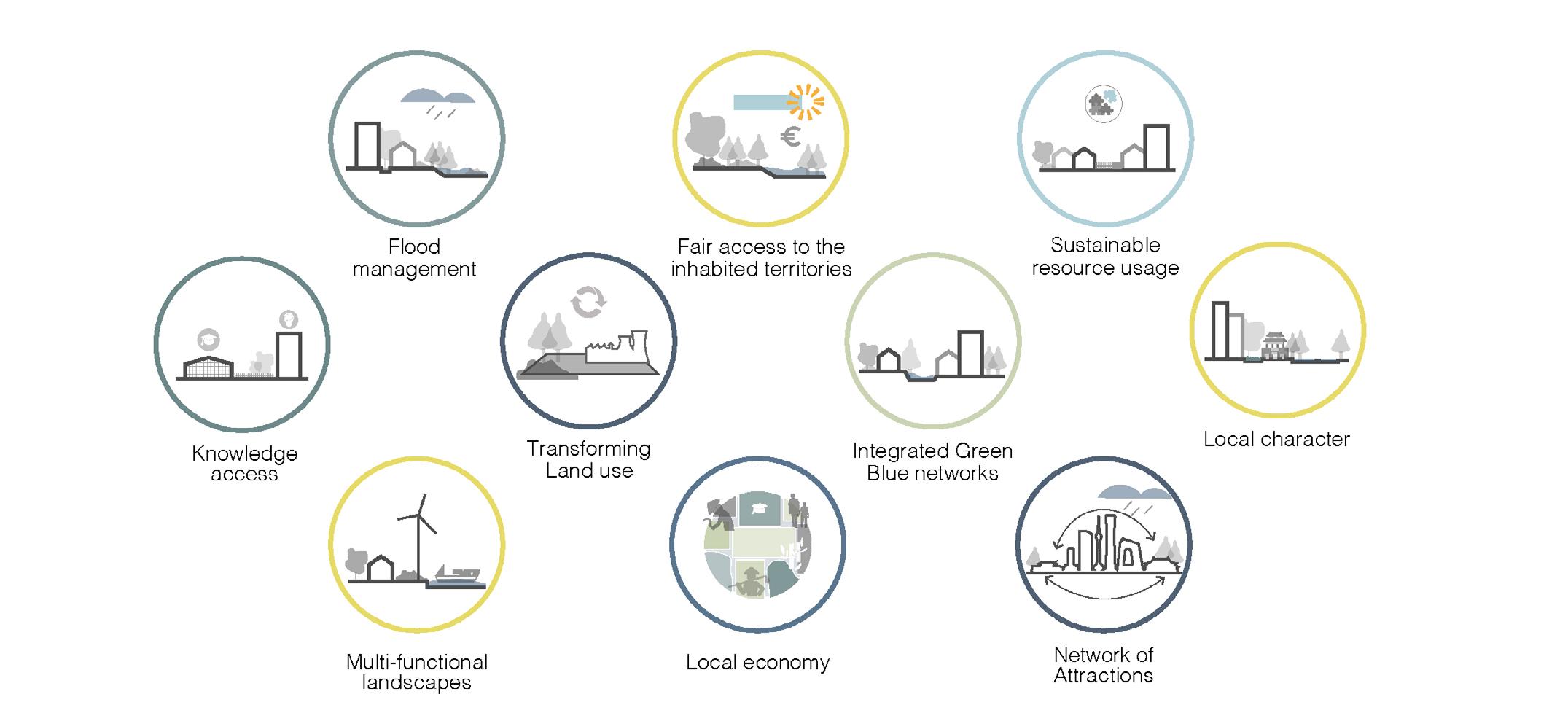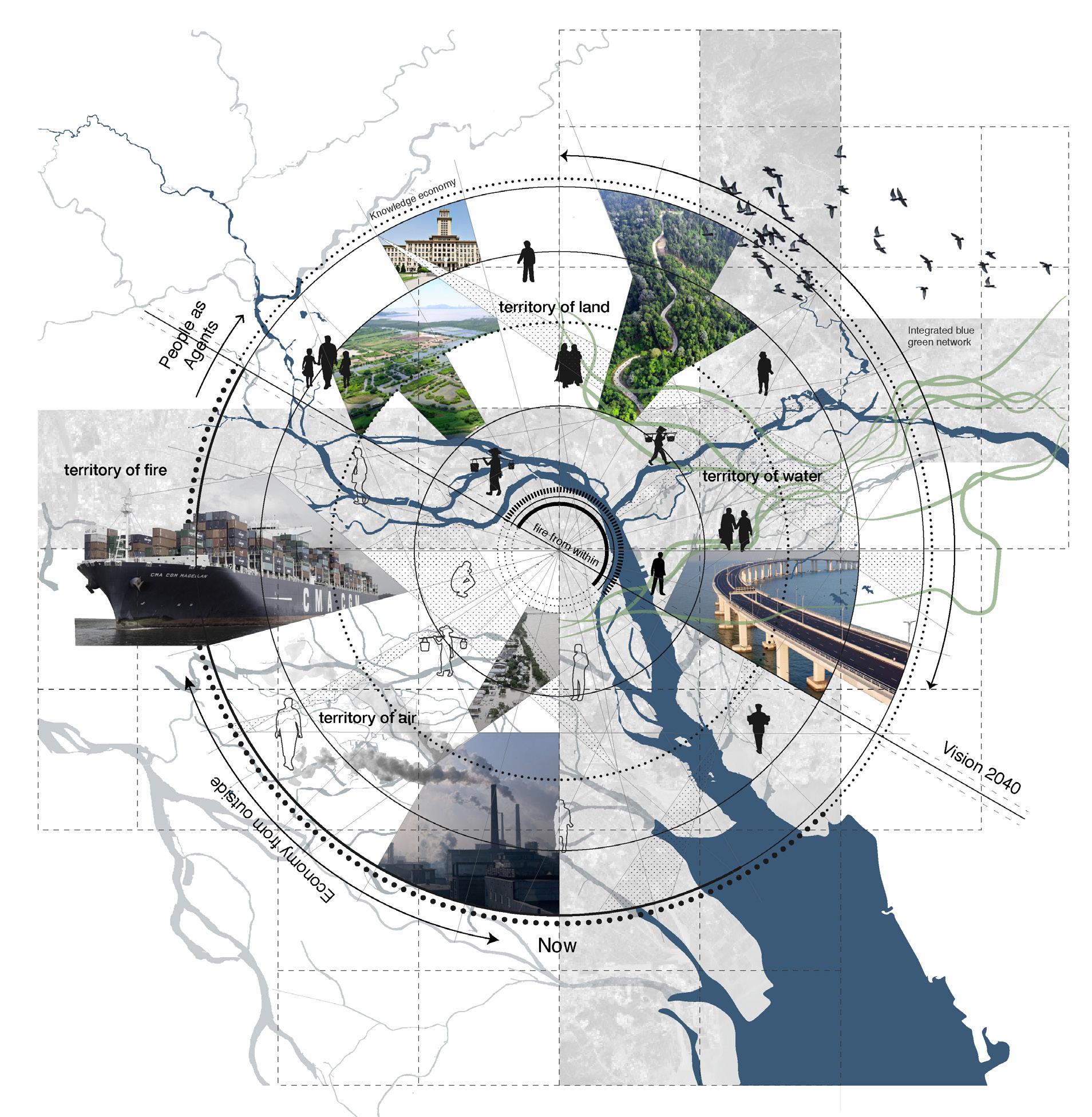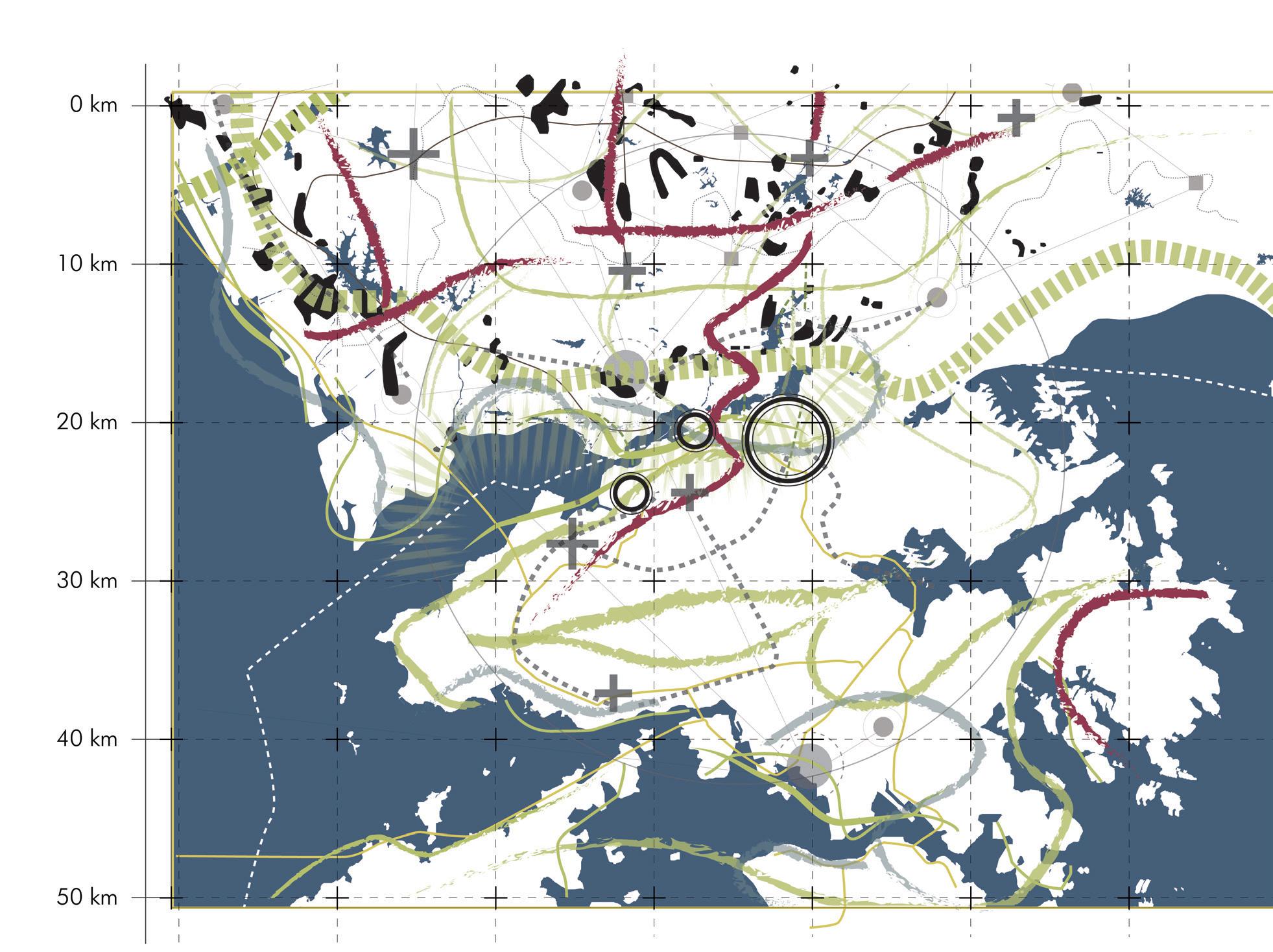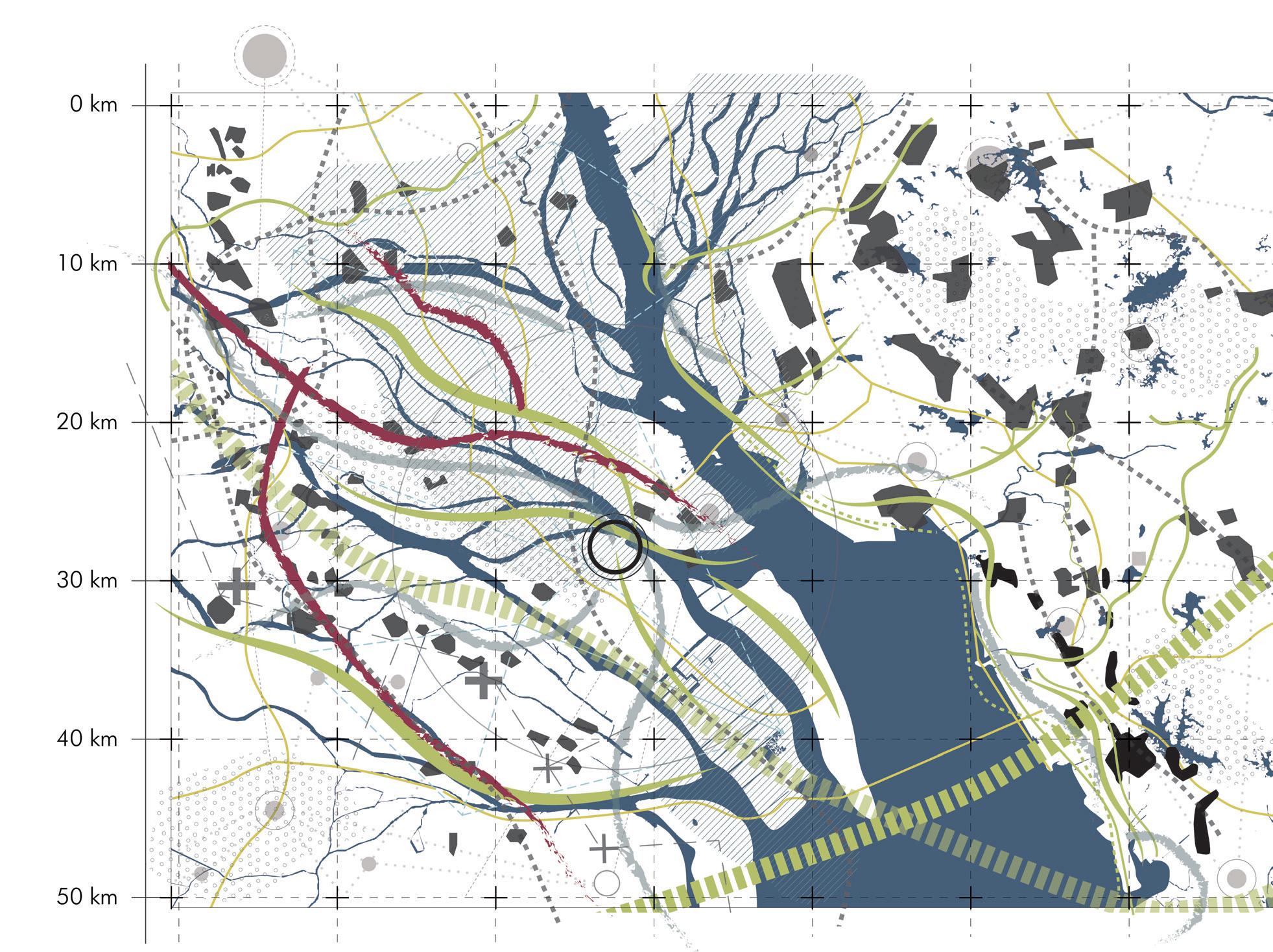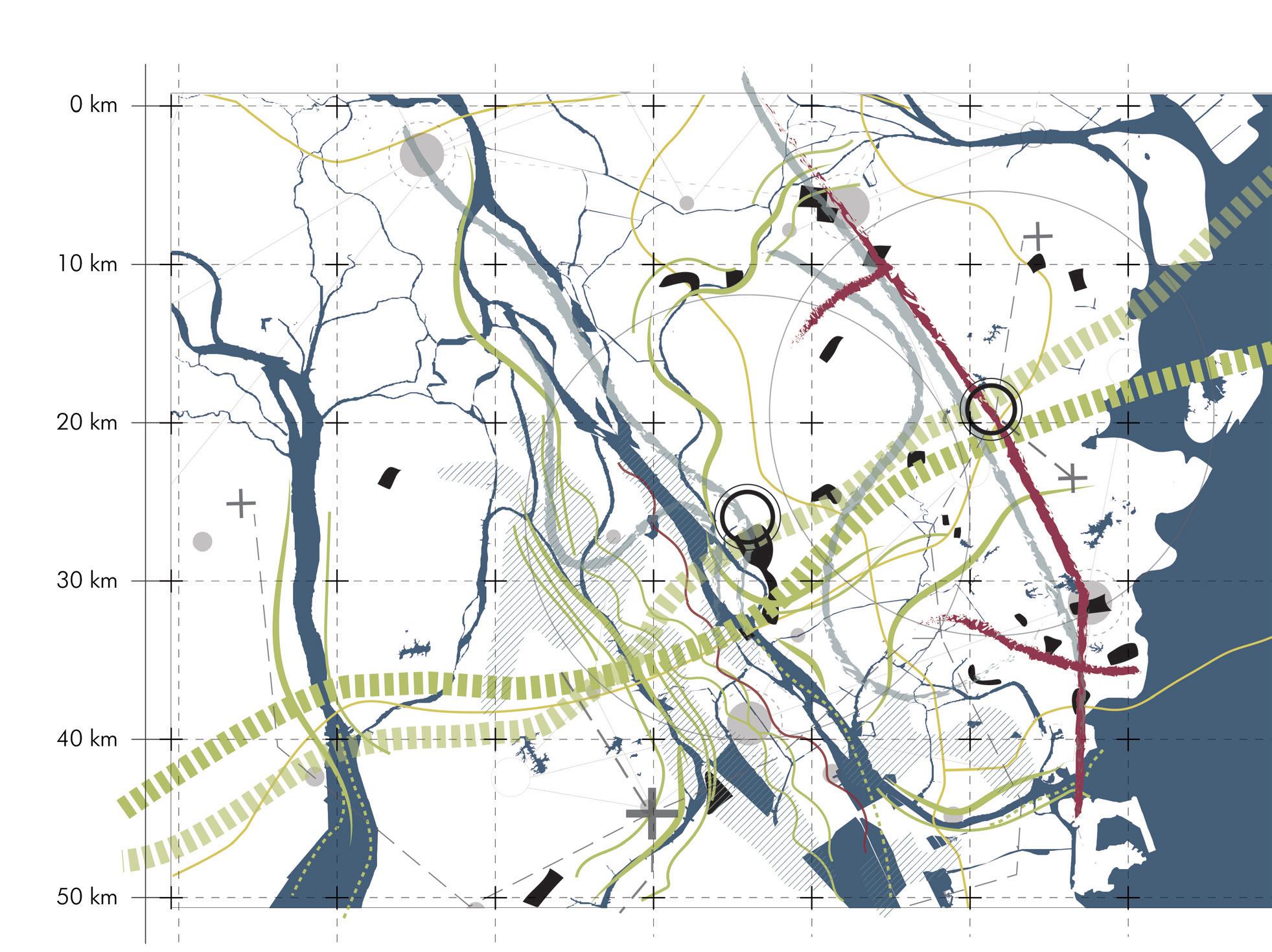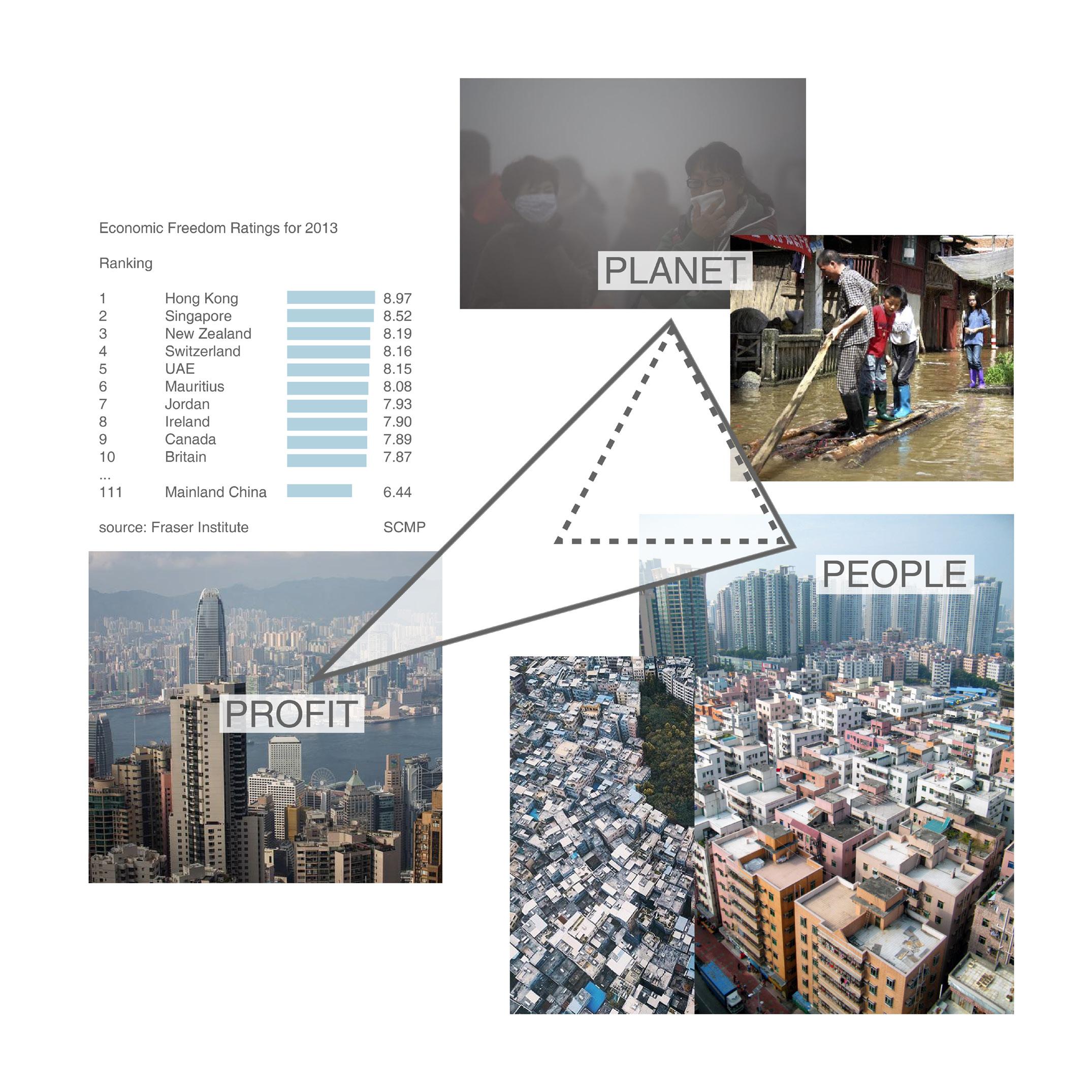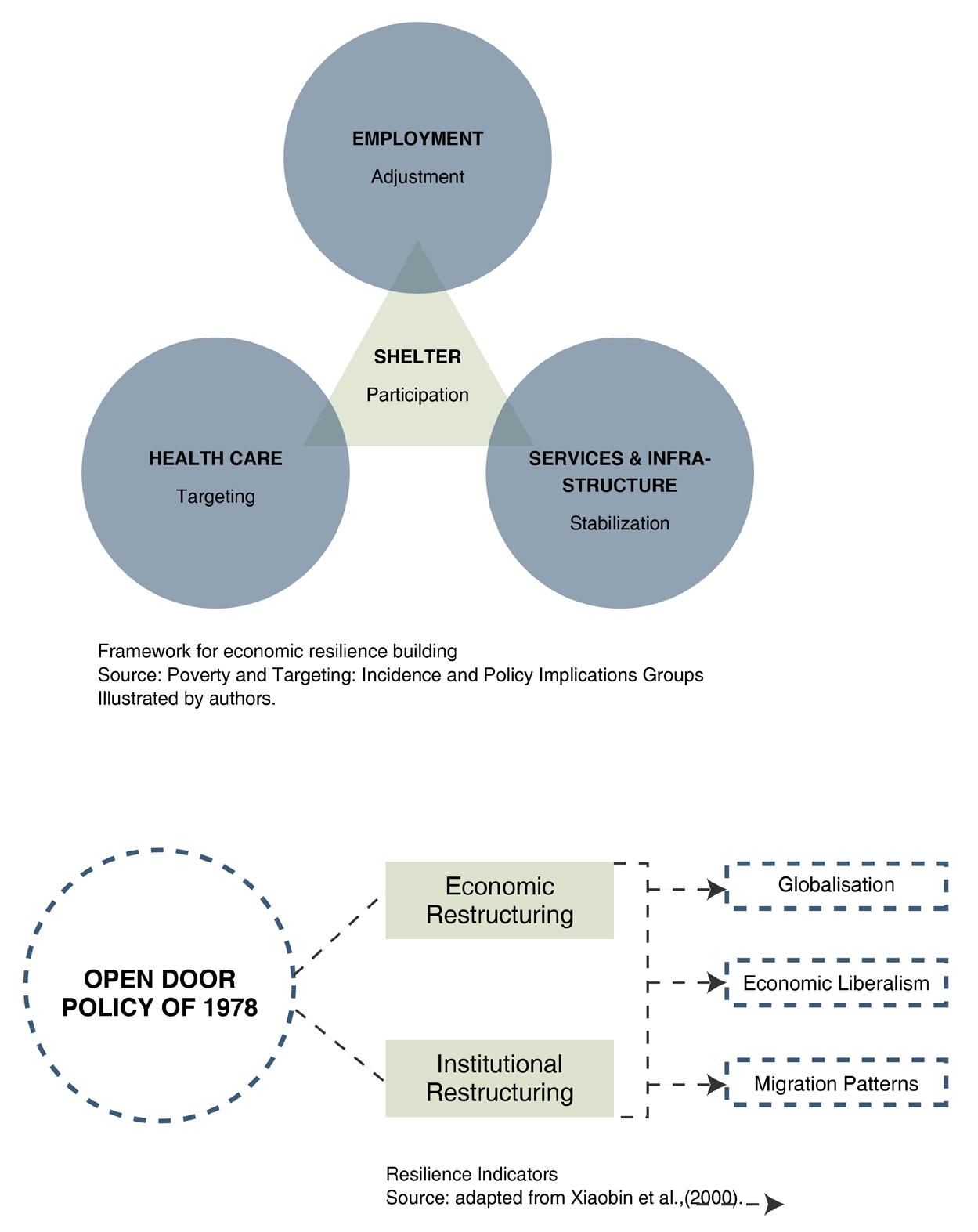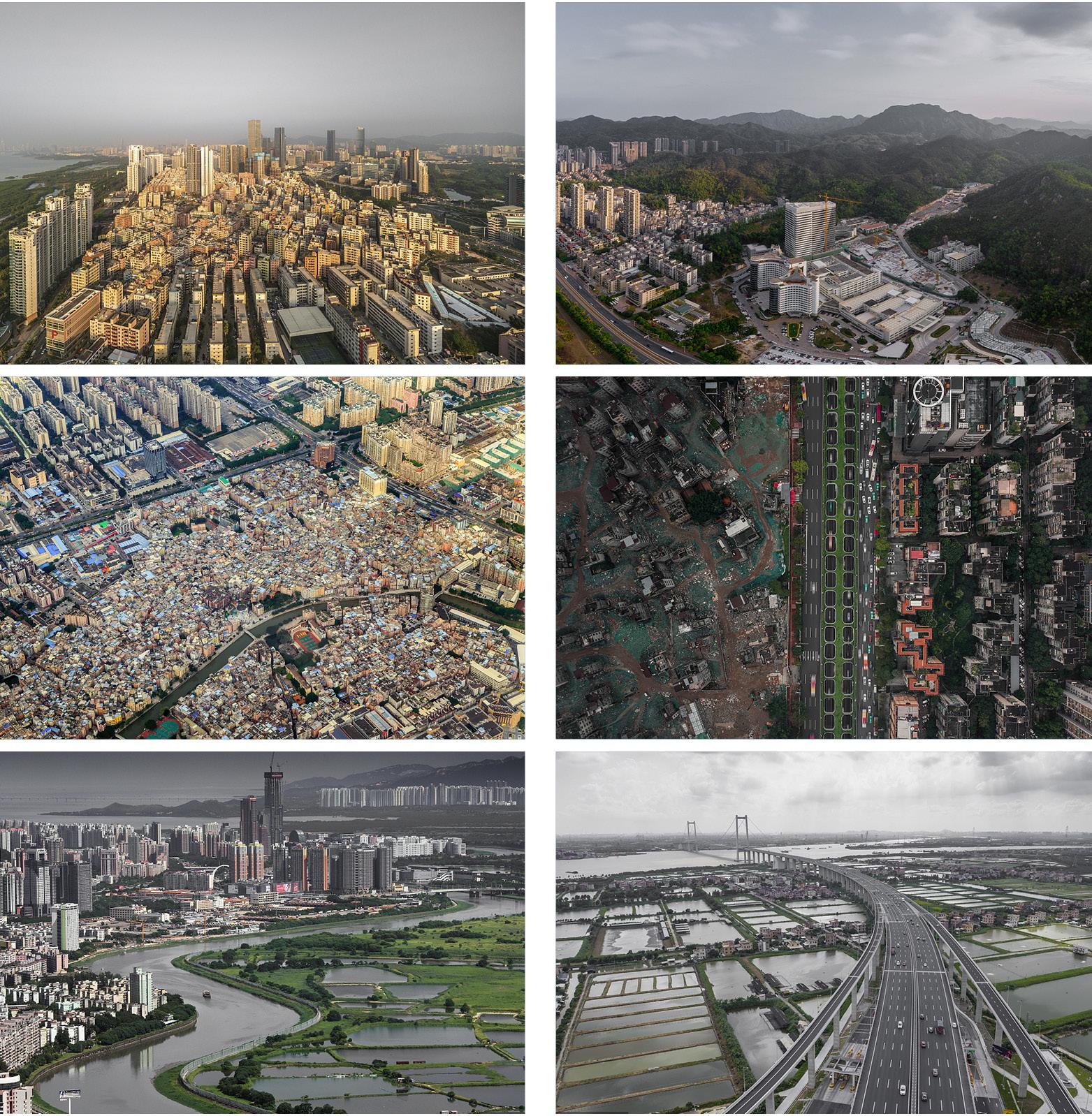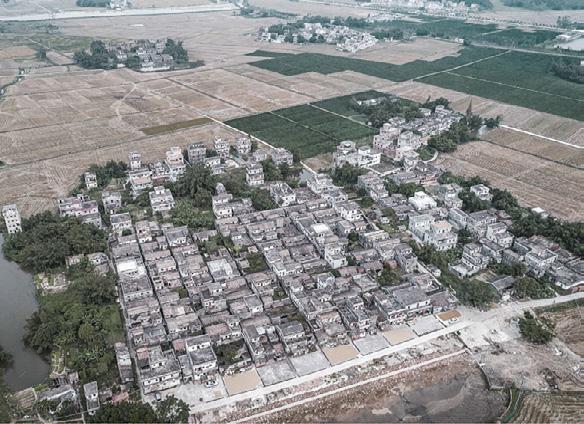Manifesto
Seemingly endless resources are exploited in the process of development drastically changing the existing natural systems. Urbanisation is a complex process that requires social, political and environmental changes. However, these very alterations in return caused high stresses and disturbances in natural and human systems leading to socio-ecological criticalities in the region of GBA. External disturbances with the lack of foresight and regard to the ecological systems also made this region increasingly vulnerable to environmental hazards and risks. People, on the other hand, were sidelined from the decision-making process leading to socio-economic vulnerabilities.
84
For the longest time, profit over prosperity and well-being drove the regional development of the GBA. As a result, the fragility of the interdependency of territories of inhabitation came under intense strain creating a dangerous precedent for the future. These territories are complex and bound by human systems.
Urban centres cannot function independently and need ecosystems near and far to survive. These accessories lose their capacities to persist under constant demands. These multiple networks of systems need to be encouraged to build resilience by creating complex adaptive socio-ecological systems.
The human interventions, conscious or otherwise, have diminished the resilience of the region. Resilience thinking is crucial to building preparedness, persistence, adaptability and transformability of interdependent systems.
Building evolutionary resilience is a mutually dependent cross-system approach affecting both natural and human systems. Enabling people to become active agents of change can facilitate synergetic development to themselves, society and the environment. The silent stakeholders of the planet and future generations should be acknowledged to maintain the region in a state of dynamic equilibrium where the three pillars; people, planet and prosperity balance each other out.
Cities are living organisms that are vulnerable to change; resilience should be understood not as a static presence but a process to withstand these nonlinear unpredictable dynamics and patterns of abrupt changes.


